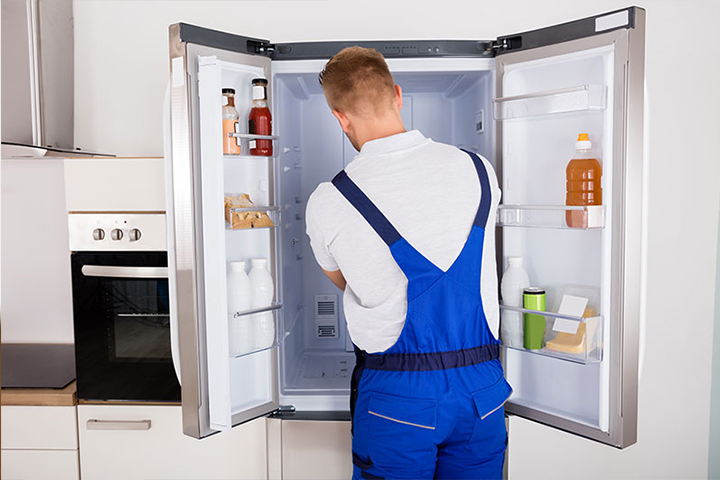
Fridges / Freezers
You can trust on the team at Kyabram Refrigeration to repair all brands of fridges and freezers with efficiency and expertise.
Fridge and Food Safety
According to recent research, most Australians don’t know that cold food should be stored at or below 5°C. Yet doing this can considerably reduce the chances of you or your family getting food poisoning.
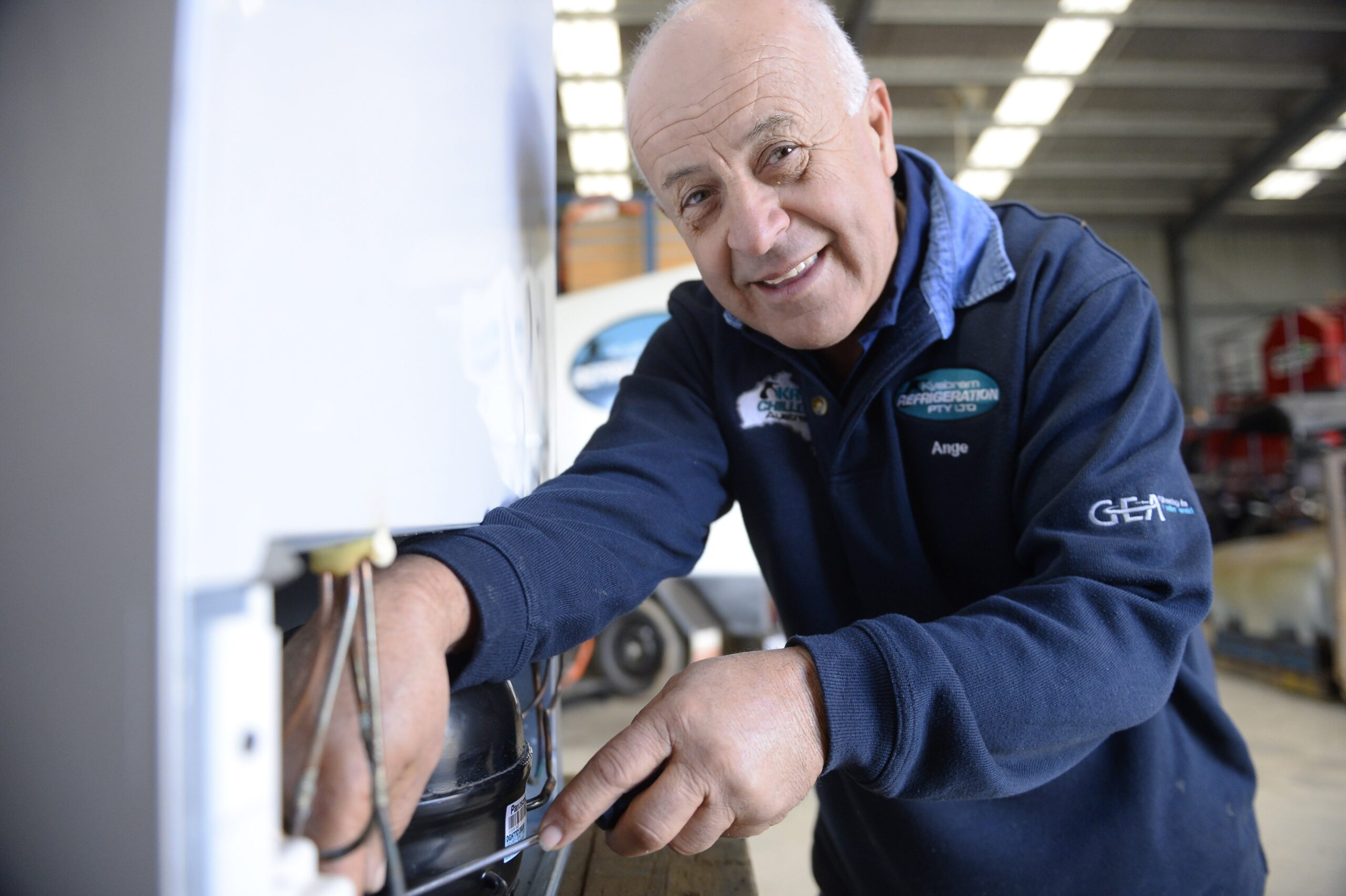
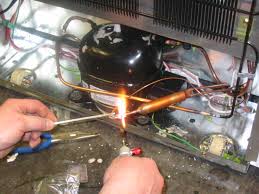
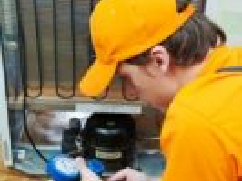
How To Maintain Your Fridge
There are some clues when your fridge is having trouble coping. If the motor stays on most of the time, or if your milk, cottage cheese, meat (particularly mince meat) or other perishables are going off quicker than they should, then this is a sign that your fridge is struggling and needs maintenance and/or adjustment. Watch the small video on safety tips.
Freeze and defrost food safely
When freezing food, avoid freezing large amounts at a time. It’s better to split it into smaller quantities in separate containers. This also means you can defrost only the quantity you need.
When freezing food you’ve just bought, place it in freezer bags to maintain quality. You don’t need to unwrap pre-packaged raw meat on trays, just put it in a freezer bag. This will help minimise cross contamination in your kitchen. Tie the bag after squeezing out as much air as possible, label and date. If you are freezing cooked food or leftovers, the most important thing is to cool it quickly. Cool food on the bench only until it stops steaming. Then place the hot food directly into the container, cover with a lid and put it in the freezer.
When thawing frozen food thaw poultry, rolled or seasoned (stuffed) meat joints and boned meat joints right to the centre before cooking. Thaw cooked or ready-to-eat foods in the fridge or microwave – not on the bench-top. Follow thawing and cooking instructions on packaged frozen food.

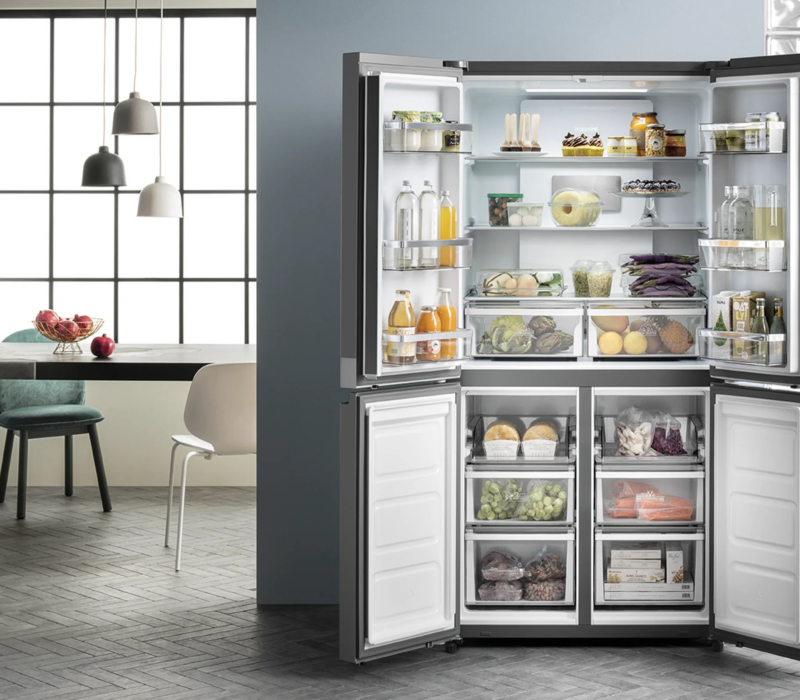
What foods to store in the fridge
All perishable and cooked food needs to be stored in the fridge. This will not only prevent the growth of food poisoning bacteria, but it will reduce spoilage. Check the labels on packaged food as that will provide storage instructions where necessary, for example ‘Refrigerate under 4°C’.
Where to store food in the fridge
Store ready to eat food (i.e. food that is eaten raw or will not receive any further cooking like a dessert) above raw food. Store raw meats, fish and poultry where it is coldest. In many fridges this is the bottom shelf. Wherever you store raw meats and poultry, make sure that juices don’t drip onto other foods. These juices might contain food poisoning bacteria which can contaminate other food if they drip onto it. If you have to store raw meats or poultry on higher shelves, put them in leak-proof, covered containers. Avoid raw and cooked foods touching and keep them separated in the fridge. Cover any cooked or ready-to-eat foods stored in the fridge to reduce the risk of cross contamination.
Use shallow containers to cool food faster. Cool food on the bench only until steam stops rising. Then place the hot food directly into the container, cover with a lid and put it in the fridge.

